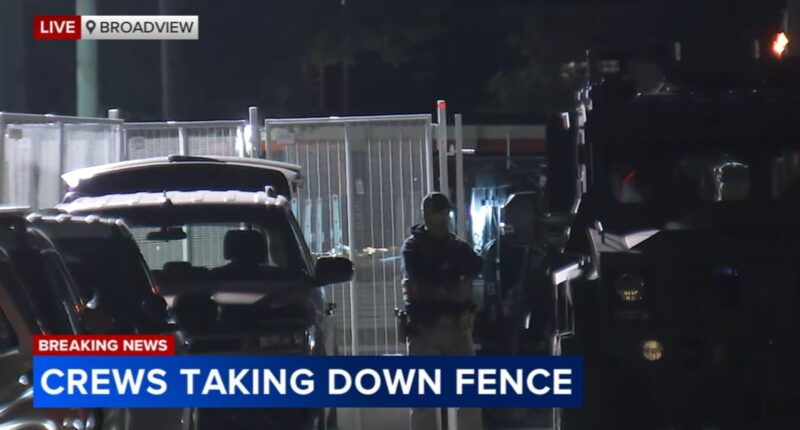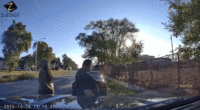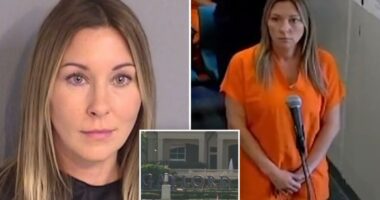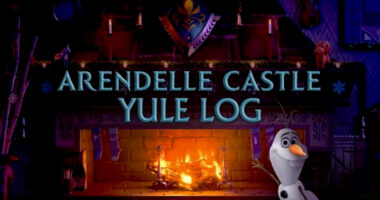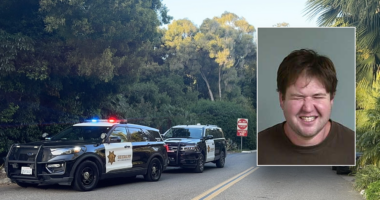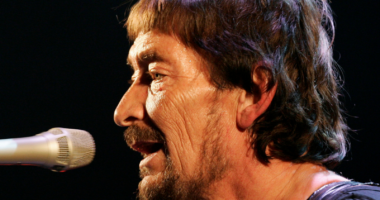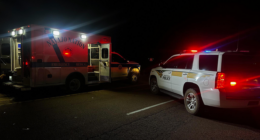Share this @internewscast.com
Late Tuesday night, crews began to take down the fence at the Broadview Immigration and Customs Enforcement facility, just before a judge’s deadline of 11:59 p.m. that same day.
Late Tuesday night, a flat-bed truck that appeared to be carrying fencing material was allowed into the restricted area.
ABC7 Chicago is now streaming 24/7. Click here to watch
Earlier Tuesday, it was quiet at Broadview, and some questioned whether the fence would be brought down ahead of the deadline.
Protester Levi Rolls expressed skepticism, saying, “They’ll delay as long as possible, and I doubt it will actually happen. It shows that the executive branch is ignoring the judicial branch, which is a very dangerous precedent.”
The fence has stood blocking the public right-of-way. The village argued that it is a safety hazard, especially for first responders.
The Department of Homeland Security officials argue that the fence, installed on September 23, is crucial for the protection of federal agents and property. Protesters, however, claim it infringes on their First Amendment rights.
Tricia McLaughlin, DHS Assistant Secretary, stated, “The fence was necessary after rioters and sanctuary proponents interfered with law enforcement, threw tear gas cans, rocks, bottles, and fireworks, damaged car tires, blocked building access, and trespassed on private land.”
Monica Breslin, 27, has been at the site daily after work, insisting that the Constitution allows for peaceful assembly. She reported being searched by agents and hit with police pepper balls in recent days.
Breslin noted she was moved from designated protest areas but, on Tuesday night, authorities did not enforce the local 6 p.m. curfew to remove her and others.
State legislators called the fence a symbol of division this week. And as the court-ordered deadline for its removal approached, Democratic Illinois House Speaker Chris Welch was asked what would happen if the fence is not taken down.
“We have a court order in place that is ordering it to come down by midnight. I don’t think they have to wait to do what’s right. They should bring it down now, and if they don’t, we’re going to see our Attorney General, likely to go back into court,” Welch said.
If anything, security around the ICE facility has tightened as state and local law enforcement coordinated plans, primarily in the name of protecting First Amendment rights, to keep protesters and federal agents safe as they encounter each other.
“If the the the norms of the government are not respected, if somebody says, the judiciary makes a decision, and then the executive branch ignores it. That’s chaos,” said former federal prosecutor Ron Safer.
Meanwhile, DHS released new information about the threats it says federal agents face while “protecting our borders and communities.”
DHS says it has obtained what it calls “credible intelligence” that Mexican cartels have issued a tiered bounty program for hits against ICE and Border Patrol agents.
The release from DHS specifically mentions Pilsen and Little Village, where it alleges gang members affiliated with the Latin Kings have organized “spotter networks,” deploying people equipped with firearms and radio communications on rooftops.
Earlier Tuesday, U.S. Attorney General Pam Bondi posted on social media that Facebook removed a group where Chicago citizens shared information on when ICE agents were spotted around the city. Bondi said, “Today, following outreach from the Justice Department, Facebook removed a large group page that was being used to dox and target ICE agents in Chicago.”
In an interview with ABC7’s I-Team, Police Affairs Consultant Bill Kushner weighed in on the troubling trend of doxxing law enforcement.
“Now, you’re taking it to a whole different level. I mean, now we’re going beyond First Amendment protests and free speech. We’re talking about threats, active threats, to law enforcement and members of their families,” Kushner said.
The prevalence of social media postings tracking the movement of ICE and Border Patrol pits the safety of federal agents against content that could be protected under the First Amendment.
